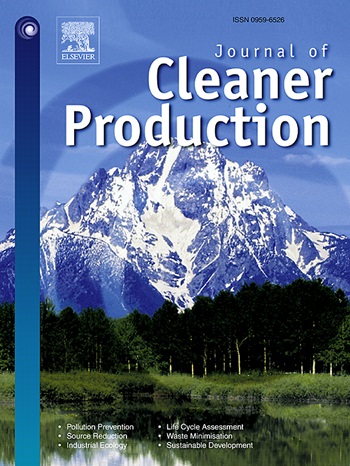Abatement of greenhouse gases and ammonia from cattle slurry during storage and land spreading: A pilot scale study
IF 9.7
1区 环境科学与生态学
Q1 ENGINEERING, ENVIRONMENTAL
引用次数: 0
Abstract
The storage and spreading of cattle slurry are significant contributors to greenhouse gas (GHG) and ammonia (NH3) emissions in agriculture, driven by the decomposition of organic matter and volatilization of nitrogen compounds. This study evaluates the impact of hydrogen peroxide and potassium iodide (HK) and its combination with calcium chloride (CaCl2) (HKC) on mitigating GHG and NH3 emissions during the manure management chain. Storage trials were conducted at multiple scales (660 L and 20 kg), alongside field trials assessing the effect of treated slurries on emissions during land spreading. Emissions of methane (CH4), carbon dioxide (CO2), nitrous oxide (N2O), and NH3 were monitored over both the storage and land spreading trials.
Results demonstrated that HK and HKC treatments inhibited CH4 (HK - 651.41 g m−2; HKC – 621.44 g m−2; Control – 768.74 g m−2) and N2O (HK – 2.88 g m−2; HKC – 1.01 g m−2; Control – 7.43 g m−2) production compared to control during storage but increased CO2 (HK – 5140.83 g m−2; HKC – 5609.22 g m−2; Control – 2474.27 g m−2) emissions due to foaming and agitation effects. NH3 emissions were significantly influenced by the treatments, with HK (168.91 g m−2) increasing emissions by 111 % and HKC (102.71 g m−2) by 28 %, relative to the control (80.03 g m−2). Application of a CaCl2 spray reduced NH3 emissions by 49 % in the first 48 h of treatment through surface pH modulation, though this effect was transient. Temperature significantly influenced CH4 emissions; emissions under high-temperature (HT; 19 °C) (0.085 kg CH4 kg−1 VS Day−1) conditions were six times higher than under low-temperature (LT; 9 °C) (0.013 kg CH4 kg−1 VS Day−1) conditions. CH4 inhibition was more effective at LT (86 % reduction, p < 0.05), highlighting the temperature sensitivity of methanogenic communities. However, no significant differences in cumulative GHG or NH3 emissions were observed between treatments and controls during land spreading. When storage and spreading results were combined, treatments showed no significant cumulative reduction in GHG emissions compared to controls, highlighting the need for optimization of treatment protocols.
The results indicate that the oxidative treatments (HK & HKC) can suppress methane (CH4) and nitrous oxide (N2O) emissions during storage, offering a potential strategy for reducing emissions from livestock waste. Furthermore, the application of CaCl2 as a surface treatment reduced ammonia volatilization, improving nitrogen retention in slurry, which can enhance its fertilization potential. These findings suggest that oxidative treatments and CaCl2 spray have potential for reducing emissions during manure storage, particularly under cooler conditions typical of Irish winters. However, the efficacy of these treatments under warmer conditions may require adjustments in application frequency and concentration. Future research should focus on optimizing treatment protocols and assessing the agronomic benefits of treated slurries.
求助全文
约1分钟内获得全文
求助全文
来源期刊

Journal of Cleaner Production
环境科学-工程:环境
CiteScore
20.40
自引率
9.00%
发文量
4720
审稿时长
111 days
期刊介绍:
The Journal of Cleaner Production is an international, transdisciplinary journal that addresses and discusses theoretical and practical Cleaner Production, Environmental, and Sustainability issues. It aims to help societies become more sustainable by focusing on the concept of 'Cleaner Production', which aims at preventing waste production and increasing efficiencies in energy, water, resources, and human capital use. The journal serves as a platform for corporations, governments, education institutions, regions, and societies to engage in discussions and research related to Cleaner Production, environmental, and sustainability practices.
 求助内容:
求助内容: 应助结果提醒方式:
应助结果提醒方式:


